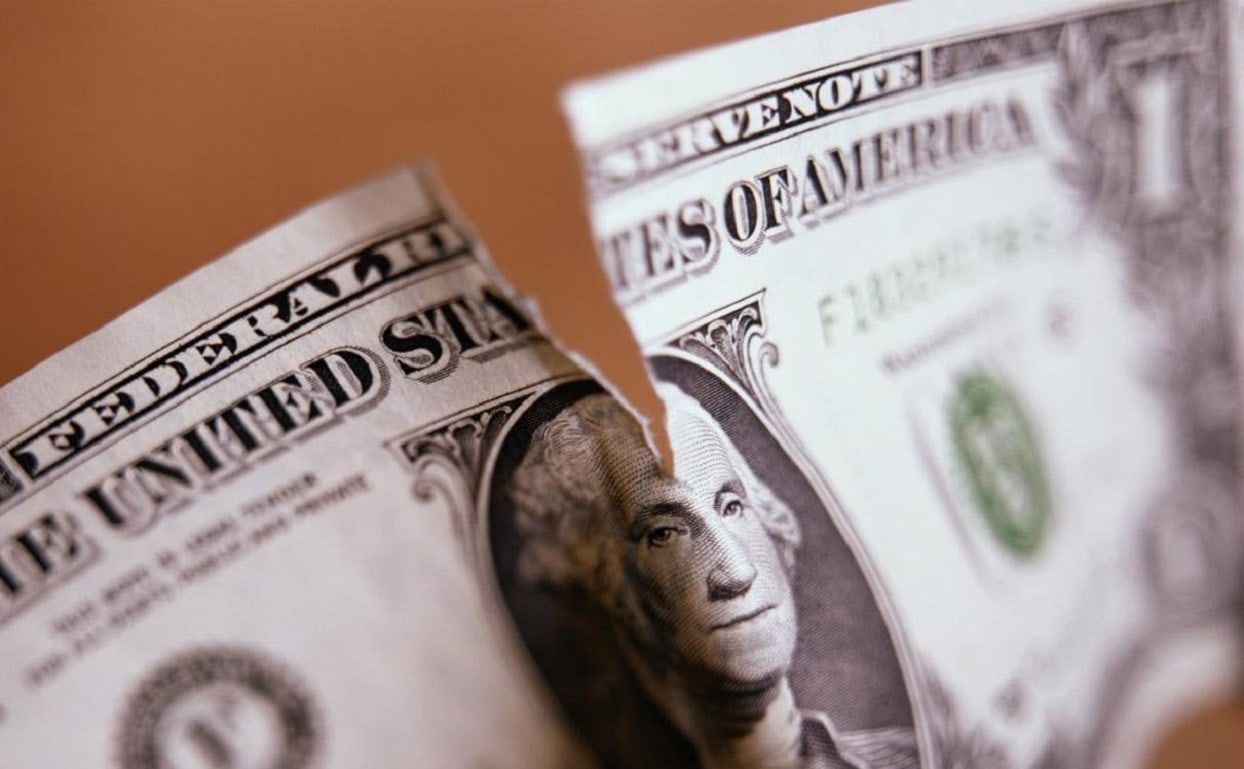Last year, the Federal Reserve hardly covered itself in glory. By keeping interest rates too low for too long and by allowing the money supply to balloon, it managed to send inflation to a multi-decade high. It did so despite economists’ early warnings that the American Rescue Plan, coupled with ongoing global supply chain issues, would lead to economic overheating and considerable inflationary pressure by year end.
Now the Fed risks making the opposite mistake of pursuing an overly restrictive monetary policy to fight inflation. By so doing, it risks driving the economy into a deeper than needed recession to bring inflation under control. It is doing so despite signs that the economy is already moving into recession, inflation is peaking, and the equity and housing markets are crumbling.
Last month, panicked by a high monthly inflation reading, the Fed shifted to a more hawkish monetary policy stance by choosing to raise its policy interest rate by as much as 75 basis points or by the largest such increase in the past thirty years. It chose to do so just as the Atlanta Fed’s GDP NOW economic tracker is suggesting that the economy might already be in an economic recession. It also did so just as the yield curve was about to invert, which in the past has been a very accurate predictor of economic trouble ahead.
The Fed’s shift to a more hawkish monetary policy stance has also coincided with the stock market and the bond market’s worst first half-year performance in the post-war period. Since the start of the year, both equity and bond prices have slumped by more than 20 percent. This has resulted in the evaporation of around $14 trillion, or 70 percent of GDP, in household financial wealth. That loss in wealth, together with high inflation, has resulted in a large decline in consumer confidence to its lowest level on record.
In shifting to a more hawkish monetary policy stance, the Fed seems to have been unfazed by clear signs that the housing market is crumbling. Under the weight of the largest run-up in mortgage rates since 1994, from 3 percent at the start of the year to 5 ½ percent at present, mortgage demand has now dropped to a 22-year-low.
The Fed also seems to be unbothered by the negative impact that a surging US dollar and a struggling world economy will have on our country’s traded good sector. Over the past year, largely in response to Fed tightening, the dollar has surged by almost 15 percent to its highest level in the past twenty years. That is bound to discourage our exports and increase the attractiveness of imports.
Making the timing of the Fed’s newfound monetary policy religion all the more curious are signs that headline inflation may very well have already peaked. International oil prices have recently slumped from a peak well above $120 a barrel to their current level of less than $100 a barrel on growing fears of a global economic recession. At the same time, there have been major declines in international copper, grain, and lumber prices. Measured by the S&P Goldman Sachs Commodity Index, international commodity prices have now declined by almost 20 percent from their peak.
All of this is not to say that the Fed should declare an early victory in its fight against inflation. Rather, it is to question whether the Fed needs to be raising interest rates in 75 basis point steps and to be withdrawing $95 billion a month in market liquidity through quantitative tightening to achieve its inflation target. Slamming on the monetary policy breaks as hard as the Fed is now doing risks causing a further major slump in the equity market and producing a very hard economic landing.
Author Biography and Expertise: Desmond Lachman joined AEI after serving as a managing director and chief emerging market economic strategist at Salomon Smith Barney. He previously served as deputy director in the International Monetary Fund’s (IMF) Policy Development and Review Department and was active in staff formulation of IMF policies. Mr. Lachman has written extensively on the global economic crisis, the U.S. housing market bust, the U.S. dollar, and the strains in the euro area. At AEI, Mr. Lachman is focused on the global macroeconomy, global currency issues, and the multilateral lending agencies.

